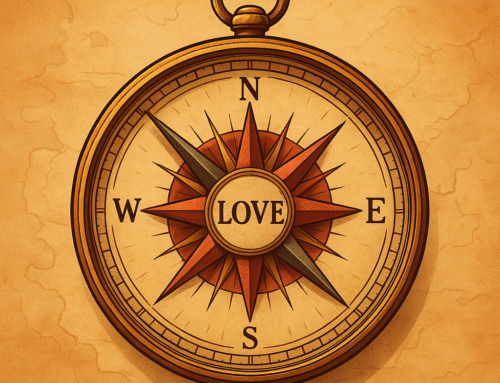Not long ago, I was flipping through television channels — yes, the kind that still exist outside the algorithm — when I landed on an action film called Geostorm. The plot centered on a massive terror attack executed through technology that manipulates the weather. As the film raced toward its climactic finale, entire cities were devastated. Thousands, perhaps millions, had died. Yet, in the final scenes, the tone shifted. The hero survived. The world, at least on screen, was saved. And the audience within the film erupted in celebration, as if all that loss were just an unfortunate subplot.
This is a scene we all know. A dark theater. The swelling music. The villain’s defeat. The hero’s triumphant return. The camera lingers on a tearful embrace, but never pans to the ruins behind them, or the bodies never named. We are not asked to mourn the collateral. We are invited to cheer.
Action movies have trained us to applaud destruction, as long as it comes at the hands of the “right” person. What seems like innocent escapism often functions as something more subtle and dangerous, cultural conditioning.
These stories shape how we interpret justice, power, and violence, not only in fiction but in the real world.
The Myth of the Untouchable Hero
The movies industries’ most enduring myth is that some people are above consequence. The hero, whether cloaked in a cape or draped in law enforcement blue, can shatter city blocks or raze villages, and still be the one we root for. The message is persistent.
If your cause is good, your actions need not be questioned. Think Bond, James Bond.
Social scientists have explored this phenomenon. Studies by Bushman and Anderson (2009) demonstrate that when violence is framed as justified or “righteous,” audiences become more accepting of aggressive behavior in reality. Albert Bandura called this moral disengagement a psychological shift where we no longer ask, “Was this necessary?” and instead begin to rationalize harm with the thought, “They deserved it.”
This mindset does not stop at the edge of the screen. It becomes the rationale for drone strikes, for disproportionate force, for military campaigns that claim peace while delivering wreckage. The story has simply moved offscreen.
The Erasure of Consequences
Imagine if The Avengers ended not with cheers, but with Tony Stark facing trial, or if Die Hard concluded with John McClane unraveling from post-traumatic stress. These are not the stories we are offered. Destruction is presented as spectacle. The aftermath is absent.
George Gerbner’s cultivation theory warns us that repeated exposure to this kind of narrative alters our perception of reality. We begin to expect that real-life wars can be as clean as their cinematic counterparts, where buildings are rebuilt in the next scene and civilian casualties are mere statistics.
Military scholars have coined the term “militainment” to describe this, the merging of military logic and entertainment, where war is gamified and ethics are pixelated. Roger Stahl (2009) explains how this convergence dulls the public’s sensitivity to violence and glorifies the instruments of destruction.
The Dangerous Lessons
Children absorb stories without filters. They see the hero use force and receive praise. They see violence as problem-solving, not problem-making.
Research by Huesmann et al. (2003) confirms what many of us have suspected. When young viewers are repeatedly exposed to media where aggression is rewarded, they are more likely to accept violence as an effective tool in real life. The lesson is simple: if you are “right,” you do not have to be careful, remorseful, or accountable.
This is how we raise generations of leaders who perform strength instead of practicing wisdom. Who deflect consequence and demand applause.
A Call for Better Stories
I am not suggesting we scrub the screen of every explosion or turn each blockbuster into a morality play. But we can ask for more. More accountability in fiction. More imagination in our heroes. More courage in our storytellers.
What if we created characters who rebuild what they destroy, who grapple with their failures, who seek peace not only through strength, but through restraint?
Stories have always shaped civilizations. They can also heal them.


